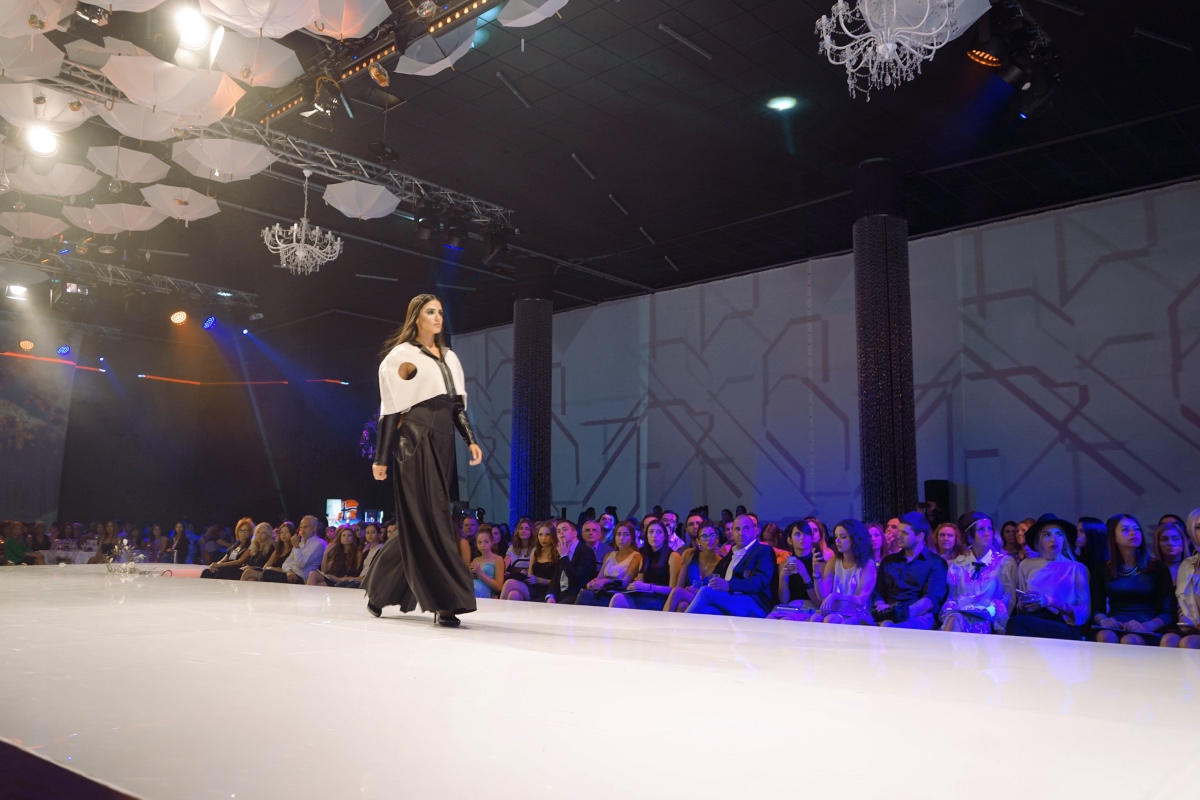by Christiana Kuneva, Eriko Fukutomi & Omi
Sofia, the capital of Bulgaria always had a secondary role as a cultural capital within the country. Plovdiv being the old capital holds much of its charm as a quiet old european city. Sofia on the other hand was stuck in between a overwhelmingly Soviet era past and a capitalist present. And that affected the creative industries from writing to fashion on many facets. But all things change and Sofia in the last few years have started to come out of its own shell and from the shadows of Moscow, as it creates its own narrative on the european theatre of fashion. So this was a good chance for Sofia Fashion Week to showcase not only international brands like Escada, Versace, Patricia Pepe but also the progress Bulgarian fashion is making away from it's past and into the future.
A full week of fashion week suggested that there are some substantive progress happening in Sofia and as a market it is slowly but surely becoming a creative market that can hold its own under the cautious stewardship of Maria Boneva and her team.
Brands like Banderol, Nikole, Nikolay Bozilov and Kwiat may not be household names but their progression as fashion brands is visible and the mixture between eastern european sense of aesthetics which overwhelms and whimsical new york hipster minimalism have given Sofia fashion week a unique identity.
London based designers like Nina Nausdal and Ivanka Hristova brought a sense of refined charm to the proceeding while there were plenty of highlights during the week long event. Mariela Gemshiva, Zorinca Petkova showed a glimpse of the universal nature of fashion.
The first day of Sofia fashion week was dedicated to international designers. Both AW collections of Karen Millen and Patrizia Pepe centered on the feminine elegance in combination with the unpretentious urbanity of the contemporary chic woman. The undying fervor for both delicate and convenient fashion art, inherent to Millen's signature designs, conquered once again the brand's autumn line by giving a curious fresh tinge to the expression "how to dress like a dandy, but look like a woman". Plain linen midi dresses in the classic red and black initially strike ten at projecting the beauty of the female posture. Nonetheless, often the designs appeared quite static for the chosen models' body structures and missed featuring their natural curves. In other instances, demanding contrasts in colours were barely accented on and thus, fluency in composition was rather absent. In Pepe, the floral elements were substituted by a fantasy-driven butterfly motif. Such patterns definitely highlight the irresistible tenderness and sensuality of the woman. However, several designs literally "over-coloured" those qualities by matching distinct animal tints and making the outfits thus look heavy and incomplete in a way. Where the butterfly pattern was absent, plain classic red and black colours brought the feminine elegance back but a lack of visible contrasts called for an intervention. Both brands will certainly continue to influence the upcoming women fashion trends.
Another stand out of the first night was Carducci. Carducci's men collection brought to the runway the everlasting unmistakable scent of the classy smart-looking man, equipped with the "must have" charisma and confidence prompting every woman to feel desired. The South-African brand, named after the legendary Italian poet Giosuè Carducci, still offers intriguing male fashion inspiration. Plain denim designs and black ankle-length boots matched with sporty lifestyle cotton shirts or knitted turtlenecks ideally suit those who seek an everyday-comfort look mixed with a pinch of a snazzy layout. Solo waistcoats with pin-stripped pants and pattern shirts avoid the static and yet give a sense of smart complementarity. Chequered single-breasted jackets, knitted jerseys and ties in contrasting colours allow the dandy man to fit capably in a business-like environment, never losing his originality. In some instances, however, contrasts between a single outfit's items were hardly accented on, giving the collection a rather loose shape. While in most cases accessories were decently matching the relevant design motifs, bags did not follow this line in few. Nonetheless, Carducci's long-established trend of accommodating men's suits of refined fabrics with stylish coats for everyday needs will likely continue influencing the ongoing mens' fashion.
During the week designers like Stoyan Radichev and Hristo Chuchev furthered their reputation as designers who can survive and prosper in this rather unforgiving market. While Tonena provided a glimpse of a strong couture market that is developing in Sofia. If bulgarians properly invest in supporting their native designers this aspect of bulgarian fashion may find a strong foothold in bigger markets as couture work is relatively inexpensive in Bulgaria and the quality holds up.
Designers like Valeria Carlo and Nikole showed a lot of promise in fusing western european aesthetics with eastern european embellishments. And the designers from the fashion schools added a sense of intrigue to what is to come from Sofia.
All in all, Sofia fashion week exceeded expectations and provided a strong enough account for its ability to bring out the best and the brightest in bulgarian fashion. While the market is still evolving it is fair to say that the creativity is there and with good stewardship this may end up being a success story.



















































































































































